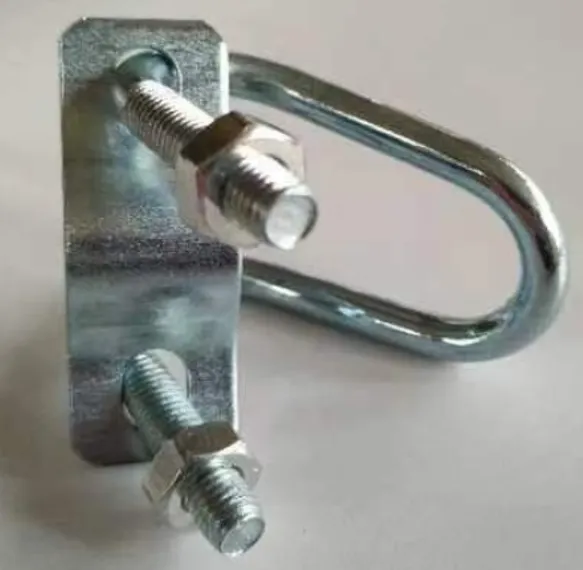loading...
- No. 9, Xingyuan South Street, Dongwaihuan Road, Zaoqiang County, Hengshui, Hebei, China
- admin@zjcomposites.com
- +86 15097380338
- Welcome to visit our website!
fiber water tank
The Importance of Fiber in Water Tanks Enhancing Durability and Efficiency
In the modern era of engineering, the quest for sustainability and efficiency has led to the exploration of innovative materials, particularly in water management systems. One such innovation is the integration of fiber reinforcement in water tanks. Fiber-reinforced water tanks capitalize on the unique properties of various fibers, enhancing the tanks’ structural integrity and overall performance. This article will delve into the significance of fiber in water tanks and its various advantages.
Understanding Fiber Reinforcement
Fiber reinforcement involves the incorporation of fibrous materials into a matrix, which can consist of concrete, plastic, or other materials. The types of fibers commonly used in water tanks include glass fibers, polypropylene fibers, and natural fibers such as coconut or jute. Each type of fiber contributes to the properties of the tank in distinct ways, improving strength, durability, and resistance to corrosion.
Benefits of Fiber-Reinforced Water Tanks
1. Enhanced Strength and Durability One of the primary benefits of using fiber reinforcement in water tanks is the significant increase in strength. Fibers improve the tensile strength of the material, making the water tanks much more resistant to cracking and breaking under pressure. This is especially critical in environments where water tanks are subjected to extreme temperatures or heavy loads.
2. Corrosion Resistance Traditional materials like steel are often susceptible to rust and corrosion when in contact with water. Fiber-reinforced alternatives, particularly those made from plastic composites, offer excellent resistance to corrosion. This characteristic is vital for ensuring a long lifespan for water tanks, reducing the need for frequent replacements and maintenance.
3. Lightweight Fiber-reinforced water tanks are generally lighter than their conventional counterparts. This reduction in weight makes transportation, installation, and handling easier and more cost-effective. In regions where heavy lifting equipment may not be readily available, lightweight tanks offer a practical solution for water storage.
fiber water tank

4. Increased Flexibility The inclusion of fibers allows for greater flexibility within the water tank structure. This flexibility can absorb and distribute loads more evenly, reducing the likelihood of structural failure. As a result, these tanks can withstand greater stresses compared to traditional materials.
5. Thermal Insulation Many fiber-reinforced tanks exhibit superior thermal insulation properties. This is particularly beneficial in maintaining water temperatures, preventing overheating in hot climates and freezing in cold ones. Maintaining an optimal temperature for stored water can help preserve its quality and usability.
6. Sustainability The push towards eco-friendly solutions has led to a growing interest in sustainable materials. Many fibers used in the reinforcement of water tanks, especially natural fibers, are renewable resources. Implementing such materials aligns with global efforts towards sustainability, reducing the reliance on non-renewable resources and decreasing the environmental footprint.
Applications of Fiber-Reinforced Water Tanks
The applications of fiber-reinforced water tanks are diverse. They are used in residential settings for rainwater harvesting, in industrial sites for storing process water, and in agricultural settings for irrigation purposes. Each application benefits from the unique properties of fiber-reinforced tanks, ensuring that clean water is accessible and efficiently stored.
Conclusion
In summary, the incorporation of fiber in water tanks represents a significant advancement in water storage technologies. The benefits of enhanced strength, durability, corrosion resistance, and environmental sustainability underscore the importance of fiber reinforcement in modern engineering. As the world continues to grapple with challenges related to water scarcity and resource management, innovations like fiber-reinforced water tanks will play a crucial role in developing effective and sustainable solutions for water storage. By embracing such technologies, we can contribute to a more sustainable future, ensuring that quality water remains accessible for generations to come.
-
GRP Structures: The Future of Lightweight, High-Performance EngineeringNewsJun.20,2025
-
FRP Water Tank: High-Performance Storage for Corrosive and Clean Water SystemsNewsJun.20,2025
-
FRP Square Tube: The New Industry Standard for Chemical and Structural ApplicationsNewsJun.20,2025
-
FRP Pultruded Profiles: The Ultimate Choice for Lightweight Structural StrengthNewsJun.20,2025
-
FRP Handrails: The Safer, Smarter, and Stronger Choice for Modern InfrastructureNewsJun.20,2025
-
FRP Grating: The Smart Solution for Durable, Lightweight Industrial FlooringNewsJun.20,2025
-
Why Choose a Galvanized Water Tank for Your Storage NeedsNewsMay.21,2025
